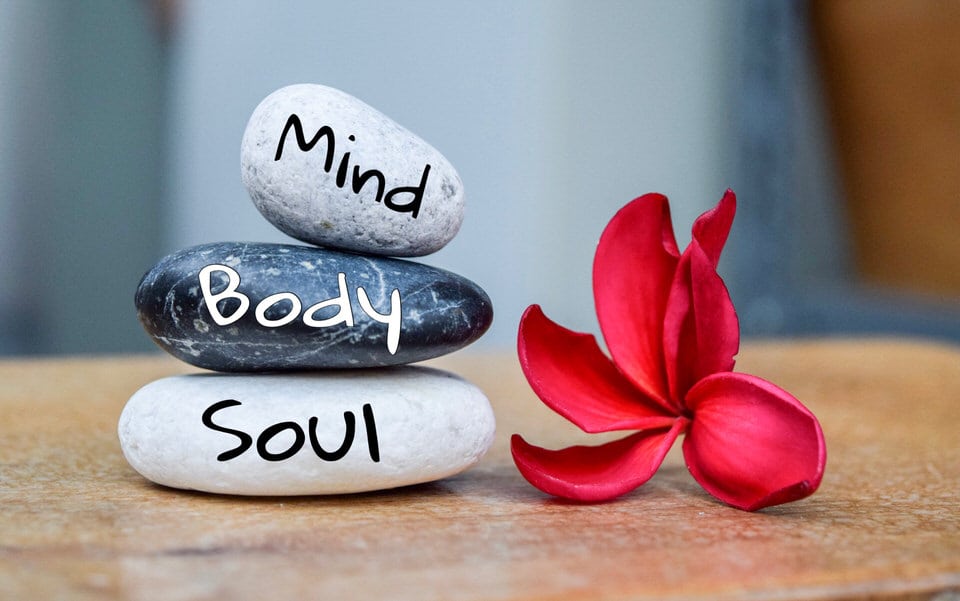Health literacy can be defined as people’s competencies to access, understand, appraise and apply information to make health decisions in…
Read More

Health literacy can be defined as people’s competencies to access, understand, appraise and apply information to make health decisions in…
Read More
As one of the most prominent leafy vegetables in Europe, kale is a wondrous raw food with a plethora of…
Read More
Think about it: you make time to service your car. You make time to take your pets to the vet.…
Read More
Let’s examine something pretty simple. Workout to lose weight and improve teen fitness. Novel idea! Going to the gym and…
Read More
If you’ve recently decided to go shopping online for your next health insurance plan there are a few items of…
Read More
Traditional Chinese health beliefs adopt a holistic view emphasizing the importance of environmental factors in increasing risk of disease. According…
Read More
There are a lot of factors to creating and maintaining a safe workplace so that oftentimes it is easy to…
Read More
Your health is your most precious commodity. If you new you had a predisposition to certain health problems, wouldn’t you…
Read More
Electronic health records, also called electronic patient records or computerized patient records, are collections of patients’ medical history over a…
Read More
Some Medicare members are unhappy with their health care coverage. They enrolled in Medicare mistakenly believing that it would cover…
Read More